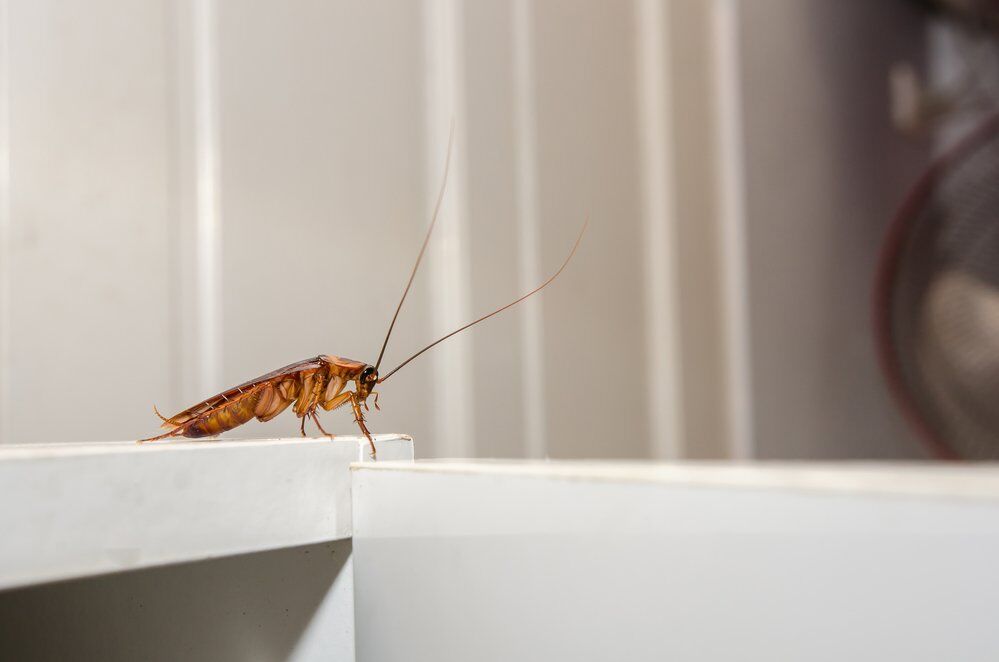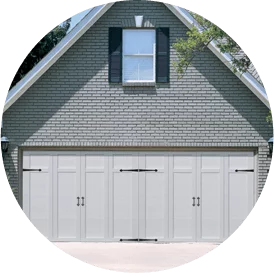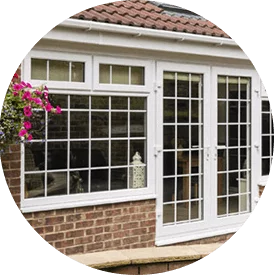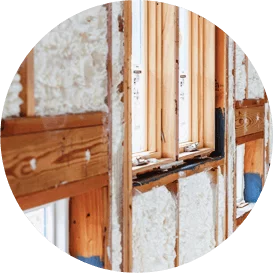With warmer weather comes new challenges to face for Vermont homeowners. As the heat rises during the summer months, insects and other pests may seek out a welcome reprieve and reliable water source in your garage. Playing host to pesky critters in your garage can escalate into more than just a minor inconvenience. By following a few easy steps ahead of time, you can avoid inadvertently leasing out your garage to unwanted vermin.
Sometimes the increased insects and pests in your garage stem from a poorly maintained garage door. If you suspect there may be an issue with your garage door, contact the team at Overhead Door to schedule maintenance or repair services today.
Common Pests Found in Your Garage
The great outdoors holds many wild and wonderful creatures. But it’s safe to say you probably don’t want any of them lurking inside your home. Garages provide the perfect nesting opportunity for many such critters, including the following most commonly found pests in garages:
- Spiders
- Crickets
- Silverfish
- Mice
- Birds
- Moths
- Ants
- Cockroaches
- Flies
- Rats
While it’s never pleasant to find one of these pests hiding out in your home, identifying them is an important first step to understanding how to safely remove them from your garage. Once you know what you’re up against, you can plan accordingly and take the appropriate measures for removal and prevention.
Steps for Keeping Bugs & Pests Out of Your Garage
After you’ve identified the critters inside your garage, you can develop an action plan to safely remove them and prevent their return. By following the steps below, you can clear your garage of bugs and pests in no time:
- Step 1 – Removal: Contact a pest removal professional once you’ve identified what creatures are lurking within your garage.
- Step 2 – Clean: After the pests have been safely removed, perform a deep clean of your garage. This should include sweeping the floors, removing debris, and replacing cardboard boxes with plastic containers. Remove all food items and ensure your garage is free of moisture or standing water.
- Step 3 – Inspect: Pests often make their way into your garage through cracks in the foundation, walls, ceilings, or even your garage door. Inspect your garage thoroughly for any cracks or physical damage, and seal any gaps with silicone caulk.
- Step 4 – Trap: Ongoing prevention is the key to keeping pests at bay. Select a non-toxic pesticide to spray along the doors, windows, and walls, ensuring the area is well-ventilated for your safety. You may also wish to purchase specific traps, such as mouse traps, to further bolster security in your garage.
- Step 5 – Maintenance: Garage doors need routine maintenance in order to protect against the outdoor elements — and that includes pests. Make sure your garage door is up to the task by scheduling maintenance or repairs, especially if you notice gaps between the weatherstripping and garage floor.
Taking back control of your garage is easy when you follow a few simple steps for pest removal and prevention. And if your garage door happens to be the main culprit for providing an easy entrance, the team at Overhead Door is here to help!
Overhead Door for Your Garage Door Maintenance Needs
Whether your garage door requires new weatherstripping or is due for repair, there’s no job too complex for the team at Overhead Door to handle. Get the services you need to keep pests from entering your home by contacting us to schedule garage

























